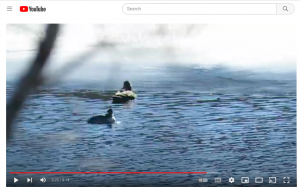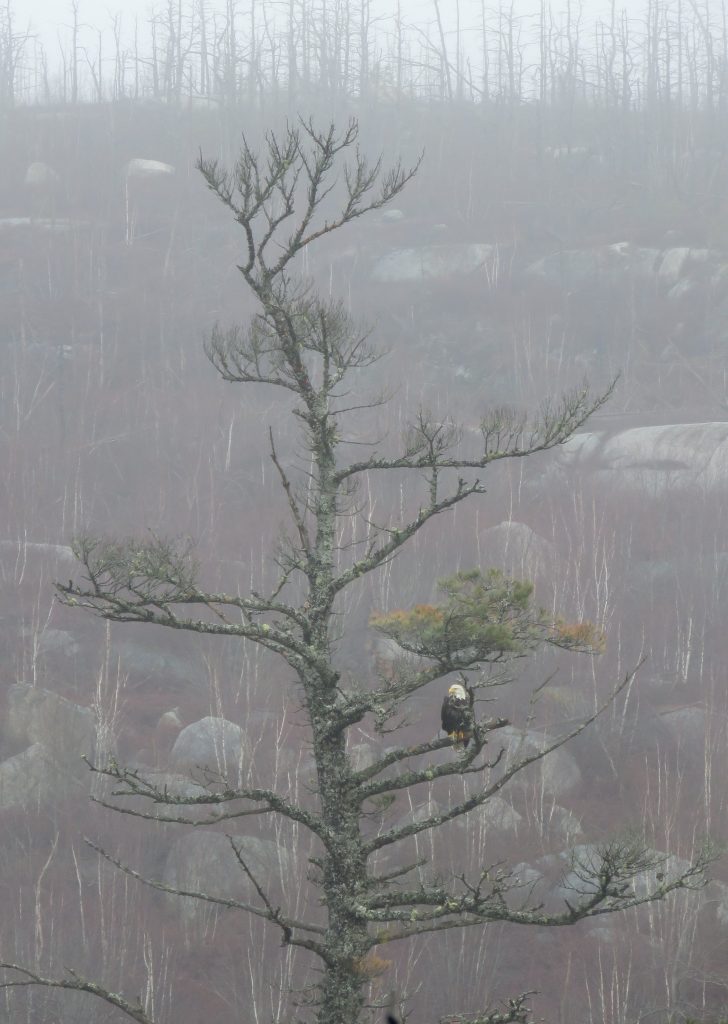In saltwire.com, Feb 2, 2023: PERSPECTIVE: Protect natural assets Nova Scotia has left
by Sheila Stevenson, co-chair of the Ferguson’s Cove Neighbourhood Association and a member of Our HRM Alliance.
She also sent the text City Clerk for distribution to the Mayor and Council who will be discussing the Green Network Plan tomorrow (Feb 7, 2023) re: Item No. 8 Halifax Regional Council February 7, 2023 SUBJECT: Green Network Plan Coordination and Resourcing
Some extracts from Sheila’s Op-ed:
Rome was burning, Nero fiddled. A similar story is playing out in Halifax Regional Municipality as natural landscapes and natural assets are obliterated before our eyes.

Click on image to go to the Halifax Green Network Plan (2018)
The objectives of “growth” and “speeding up development” espoused by the premier and his housing task force are accelerating what Antonio Guterres, the UN secretary-general, calls “the orgy of destruction,” causing loss of biodiversity and speeding up climate change.
Halifax regional council accepted, as policies, the Halifax Green Network Plan (2018) and HalifACT, the Climate Action Plan (2020), but development practices such as filling in wetlands and wiping out plant communities continue to destroy natural systems that freely offer goods and services: clean water, nutrient cycling, water purification, climate regulation, erosion control, clean air, food, fiber, recreational spaces and wildlife corridors… Continue reading →









